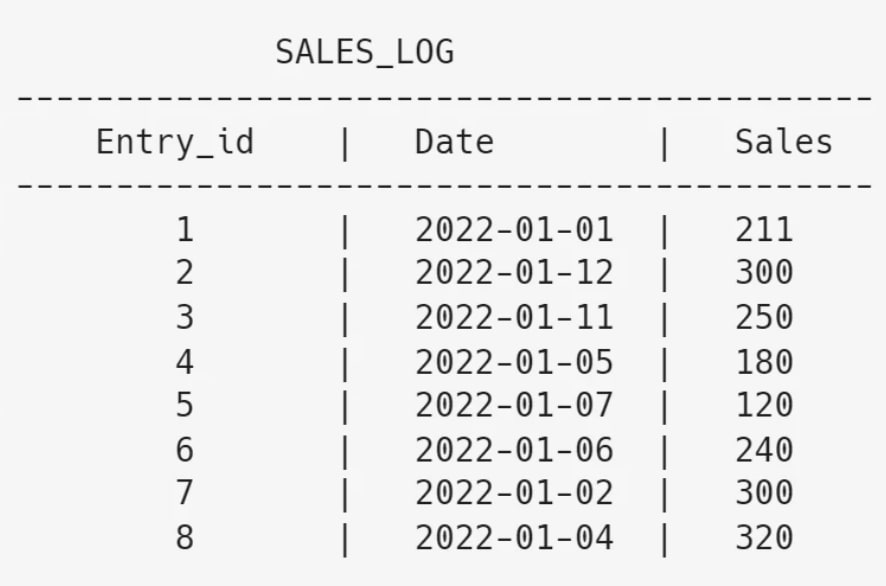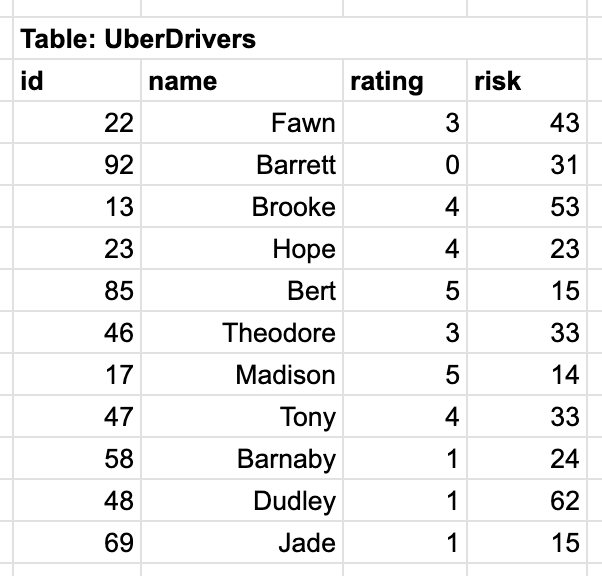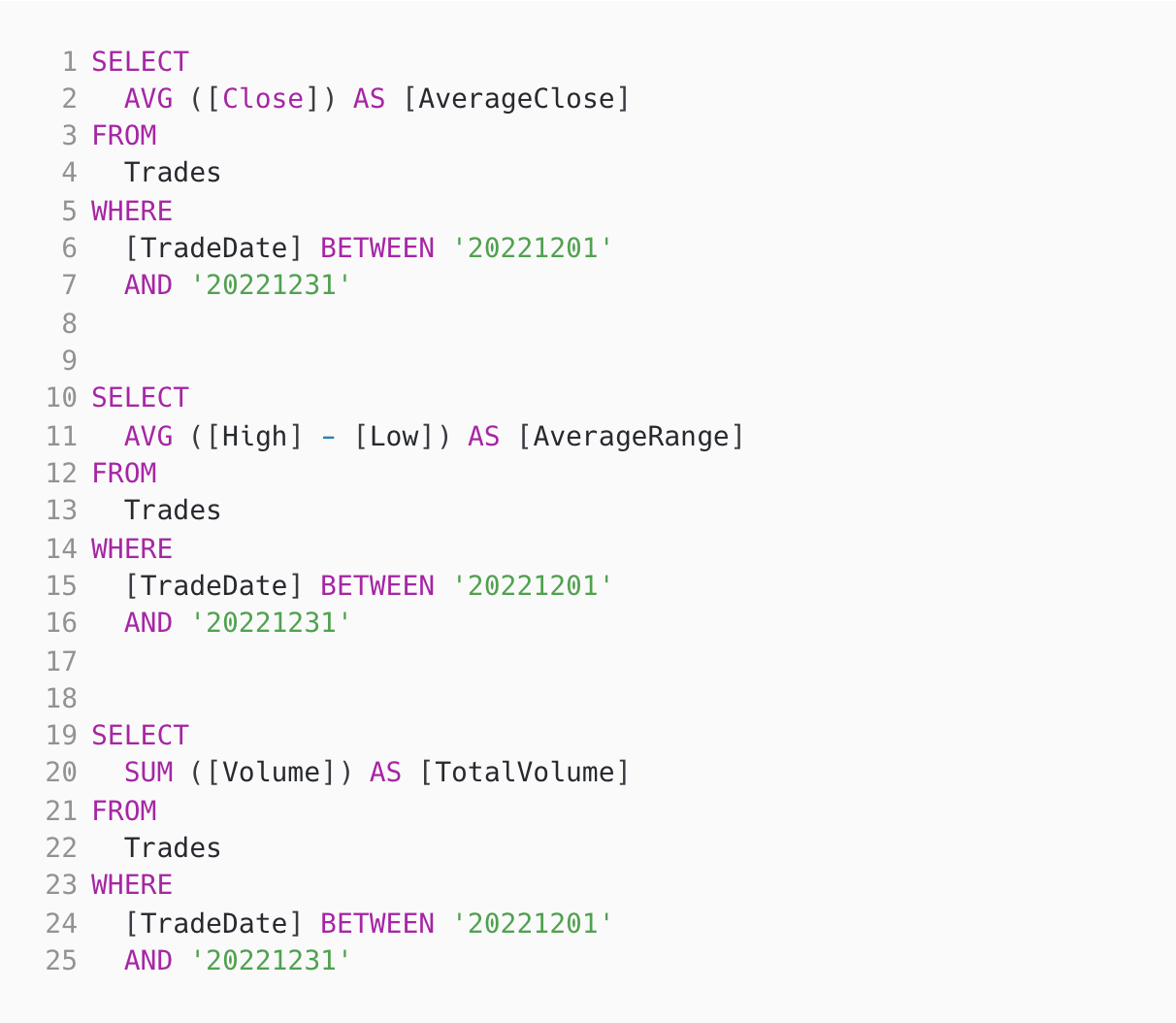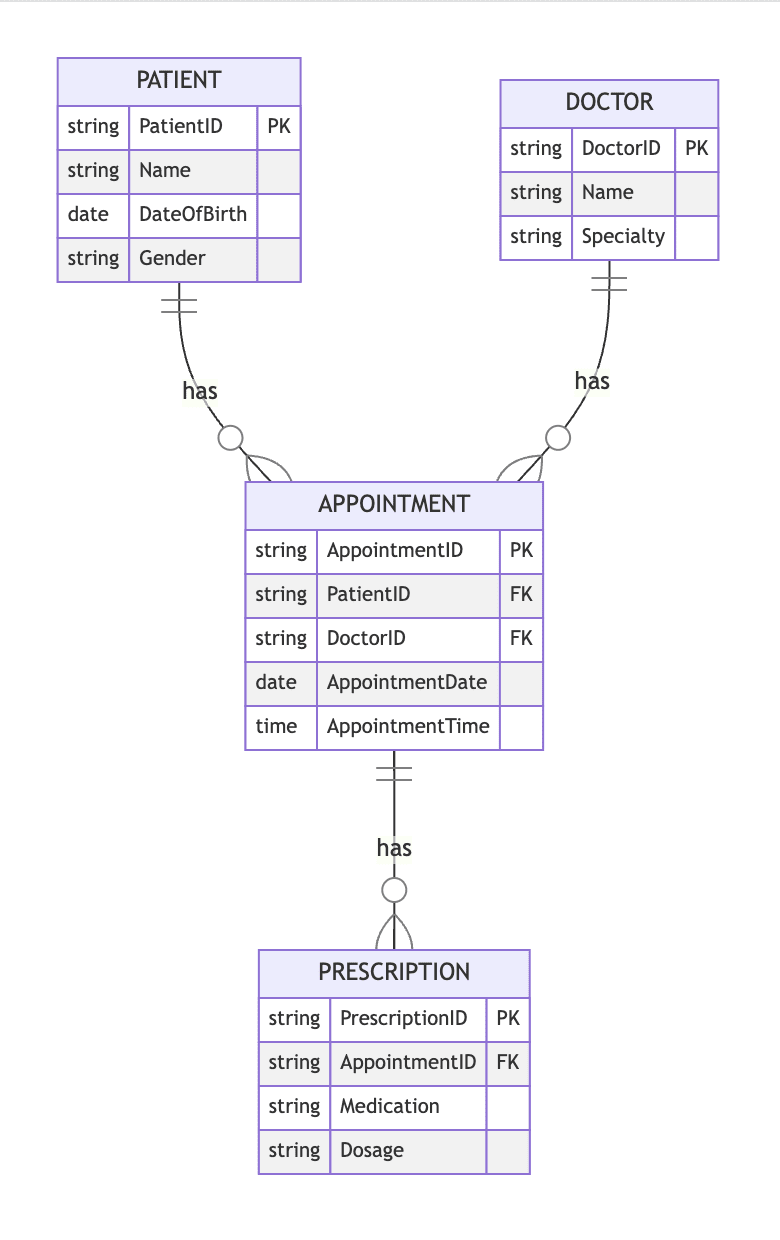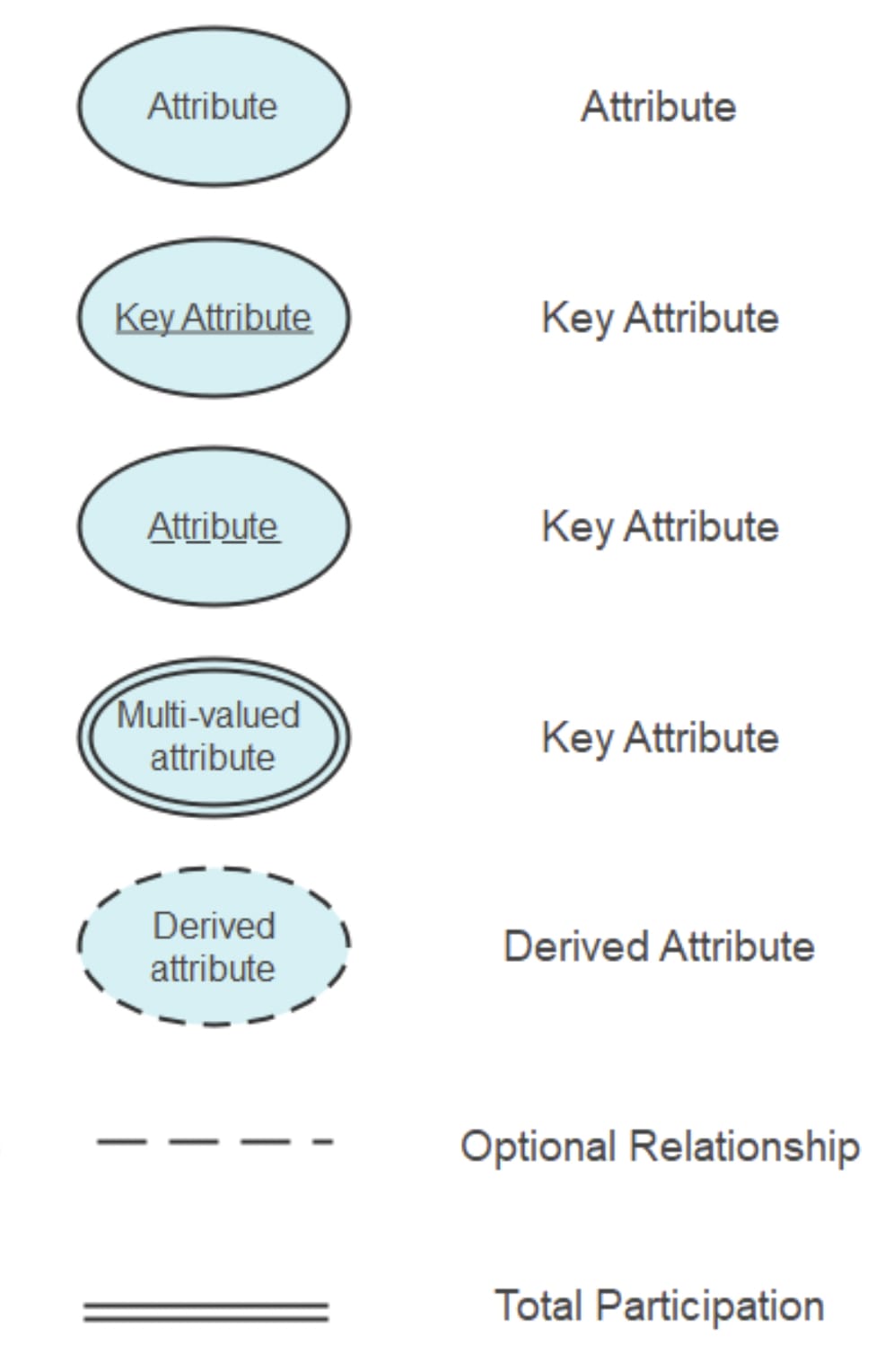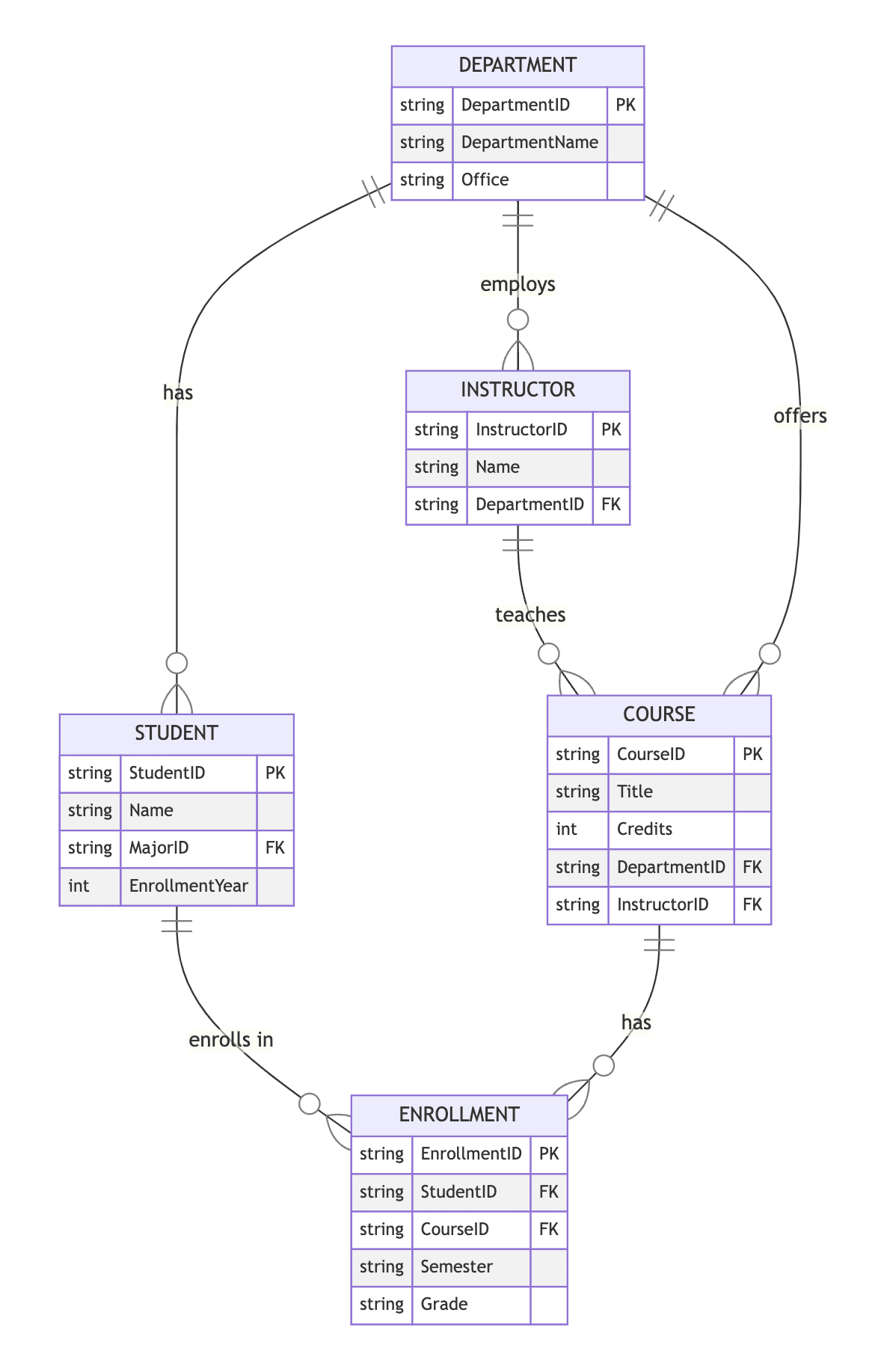Sybase IQ: Sybase IQ is a column-oriented, massively parallel processing (MPP) database management system designed for online analytical processing (OLAP) workloads. It provides advanced analytics capabilities, high-performance SQL execution, and efficient data compression. This skill is measured in the test to evaluate candidates' proficiency in working with Sybase IQ and performing data analysis tasks.
Database Management: Database management entails the administration, organization, and maintenance of an organization's databases. It involves tasks such as creating and managing database schemas, ensuring data integrity, optimizing database performance, and implementing security measures. Measuring this skill in the test helps assess candidates' ability to handle database-related tasks effectively.
SQL: Structured Query Language (SQL) is a programming language used to manage and manipulate relational databases. It allows users to perform various operations such as querying data, inserting, updating, and deleting records, creating and modifying database schemas, and optimizing database performance. Evaluating candidates' SQL skills in the test helps determine their proficiency in working with databases.
Data Warehousing: Data warehousing involves the process of collecting, storing, and organizing large amounts of structured and unstructured data from various sources to support business intelligence and reporting. It includes tasks such as data extraction, transformation, and loading (ETL), data modeling, and implementing data warehouses for efficient data analysis. Measuring this skill in the test helps evaluate candidates' understanding of data warehousing principles and their ability to design and manage data warehouses.
Data Analytics: Data analytics involves the process of examining large volumes of data to uncover patterns, trends, and insights that can be used to make informed business decisions. It encompasses tasks such as data mining, data visualization, predictive modeling, and statistical analysis. Testing candidates' data analytics skills helps assess their ability to analyze and interpret data effectively using appropriate techniques and tools.
Query Optimization: Query optimization is the process of improving the performance of database queries by selecting the most efficient execution plan. It involves techniques such as index optimization, query rewriting, and database tuning to reduce query execution time and resource consumption. Measuring this skill in the test helps evaluate candidates' ability to optimize queries and improve overall database performance.
Data Modeling: Data modeling is the process of creating a logical representation of the data structures within a database. It involves defining entities, attributes, relationships, and constraints to ensure data integrity and accuracy. Testing candidates' data modeling skills helps assess their ability to design efficient and well-structured databases that meet the requirements of the organization.
ETL (Extract, Transform, Load): ETL refers to the processes involved in extracting data from various sources, transforming it into a consistent format, and loading it into a target database or data warehouse. It includes tasks such as data cleansing, data integration, and data validation. Evaluating candidates' proficiency in ETL in the test helps determine their ability to handle the complexities of data extraction, transformation, and loading efficiently.
Database Performance Tuning: Database performance tuning involves optimizing the performance of a database system by adjusting various parameters, configurations, and database designs. It aims to enhance query execution speed, improve data retrieval and storage efficiency, and reduce system bottlenecks. Measuring this skill in the test helps evaluate candidates' ability to identify and resolve performance issues and optimize the overall database performance.
Business Intelligence: Business intelligence encompasses the processes, technologies, and tools used to gather, analyze, and present data to support business decision-making. It involves tasks such as data visualization, reporting, data mining, and predictive analytics. Testing candidates' business intelligence skills helps assess their ability to effectively utilize data to gain insights, make informed decisions, and drive organizational growth.





















